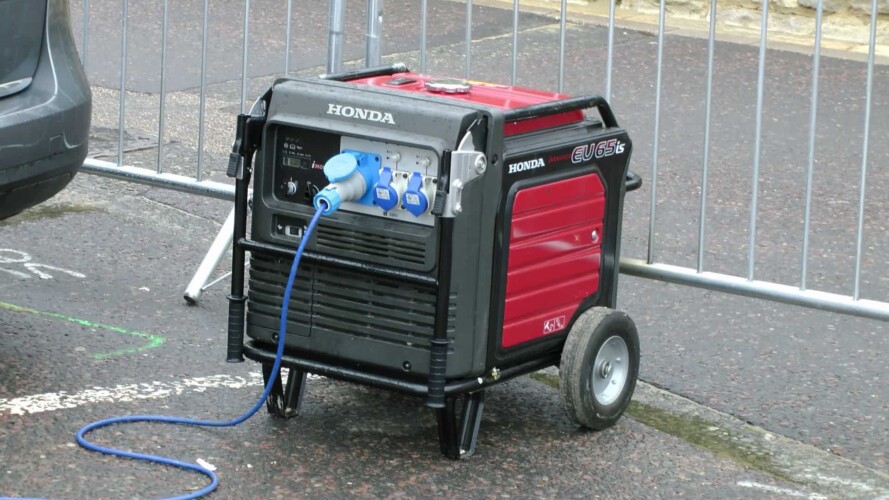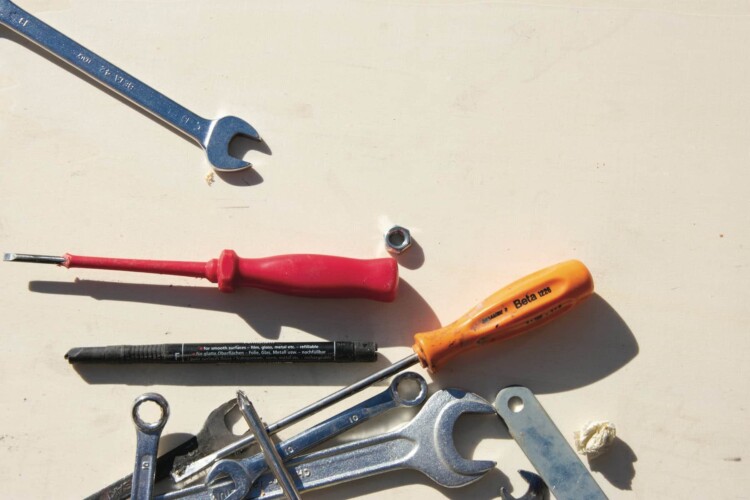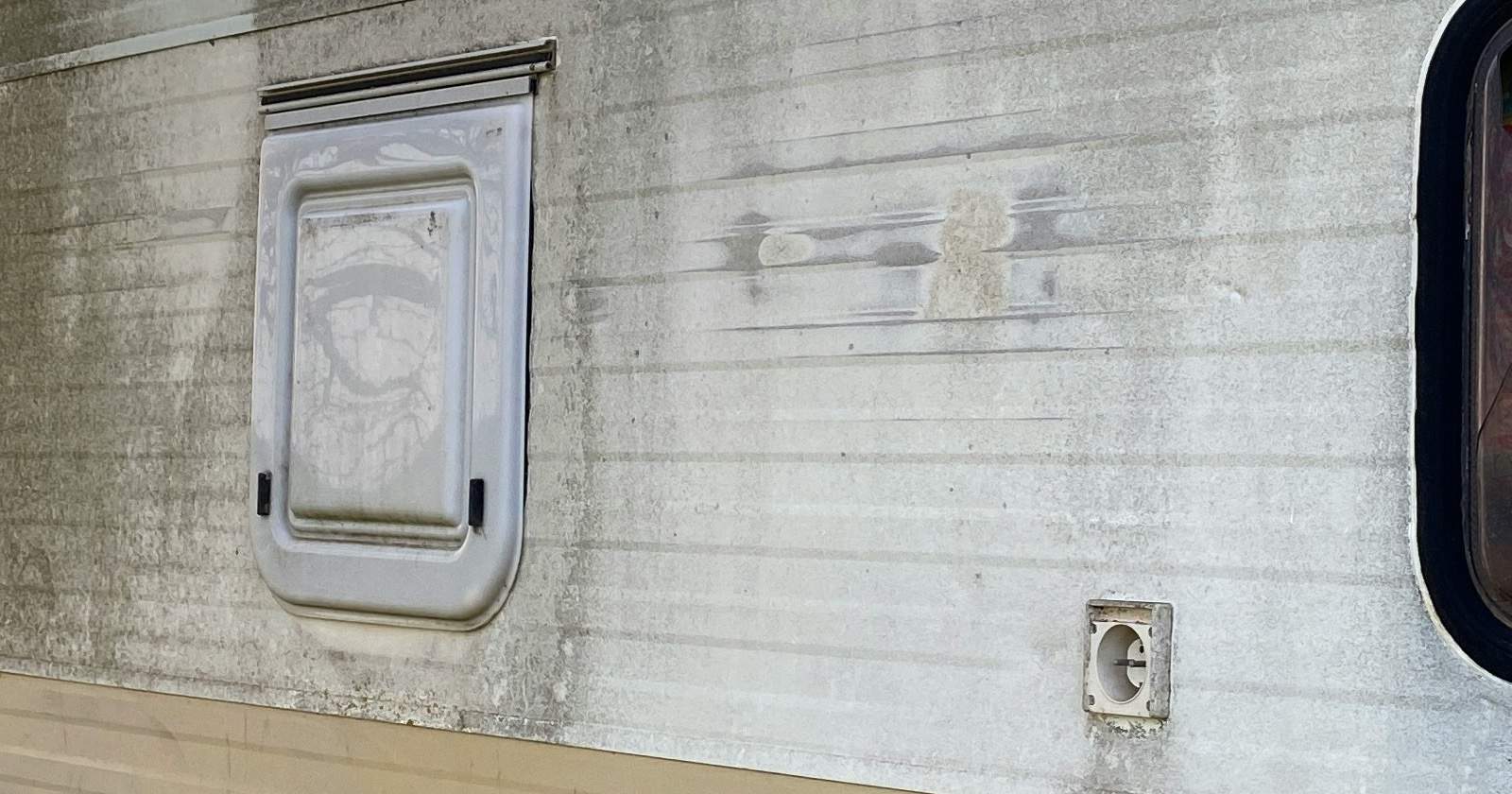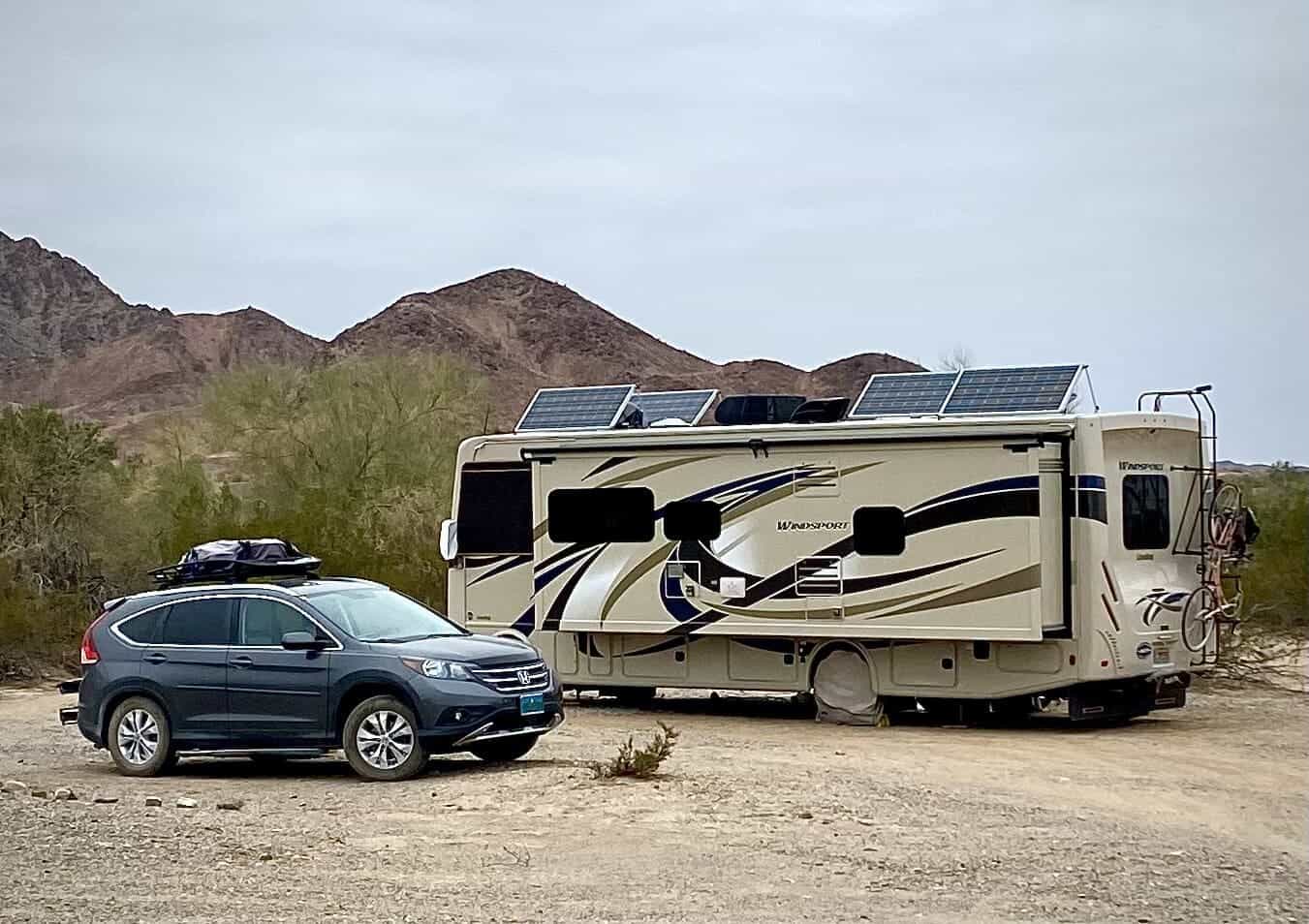To continue enjoying the freedom of the open road, RV generator care is essential. If you’re worried about the complexity of generator maintenance, you can relax. RV generator care is something anyone can master with a little patience, dedication, and basic tools. Put them together and you can keep your generator running smoothly, prolong its life, and fuel your dreams for countless miles and memories. Explore this guide to make RV generator care an enjoyable part of your RV lifestyle, not something you avoid until the last minute.
Basic RV Generator Care Tips for Tool-Shy RVers
If you’re like most campers, you probably rely pretty heavily on your RV generator. It’s what keeps you comfortable when the campground power goes out, and it’s also what allows you to camp off-grid for days at a time. Therefore, it is very important that you care for your RV generator. Here are the most basic tips for anyone who isn’t used to working with tools.
Exercise Your Generator
The first thing you need to know about your RV generator is that it needs to be used. That’s right, putting extra hours on the generator isn’t necessarily a bad thing, but in fact a necessary one!
How do you exercise an RV generator? Fortunately, it’s super easy!
- Just turn the generator on and put some sort of load on it (the toaster or even an air conditioner is a good choice if you have a larger generator).
- Let the generator and the load run for an hour or so.
- Turn the appliance and the generator off.
Exercise your generator at least once a month to keep it running strong.

Do Regular Generator Visual Inspections
If your generator has been sitting for a week or more in between uses, it’s a good idea to do a quick visual inspection before you turn it on. This doesn’t have to be super thorough (unless the unit is giving you some sort of trouble), but it might help you avoid problems if anything is out of sorts.
Check Altitude Setting
Does your RV generator have an altitude setting? If so, check it during your visual inspection. Make sure the setting matches the altitude you are at. If it doesn’t, just turn the knob until it matches.
Look at the Oil Level
- Make sure your generator is cool.
- Find the oil dipstick for your generator.
- Remove it, wipe clean with a rag, and dip back into the generator.
- Pull it out to review the oil level. It should be halfway between the maximum and minimum level lines.
- If it needs oil, add it slowly until you reach the midway point. Do not overfill.
Inspect for Anything Unusual
You’ll also want to look for anything unusual. Check the exposed fuel lines for wear, look for animal nests in the nooks and crannies, and visually inspect all connections to ensure everything looks right.
This visual inspection doesn’t have to be super thorough (unless the unit is giving you some sort of trouble). But it might help you avoid problems with an RV generator if anything is out of sorts.
When to Service an RV Generator
Once a year (or once every 100 hours), you will want to get your hands dirty doing a bit of generator maintenance. Keeping up with these simple maintenance tasks will help you avoid major repairs, so don’t skip them!
Change the Oil
RV generators use automotive motor oil. In order to find out the specific kind of oil your generator needs, check the generator owner’s manual.
For instructions on how to change RV generator oil, check out the video below.
Change the Filters
Depending on your generator, you may also need to change the fuel filter, air filter, and/or oil filter. Consult your owner’s manual to find out which filter types your unit has and what they should be replaced with.
Change the Spark Plug
Gas-powered generators use spark plugs. If your spark plug isn’t doing its job properly, the unit will not be able to run. For this reason, it’s important to change the spark plug during your 100-hour maintenance routine.
This is a helpful video about changing a generator spark plug that might make the job easier for you.
RV Generator Storage Tips
Most people put their RVs into storage for the winter. This is totally OK as long as it’s done properly. But failing to winterize your rig could cause some serious damage. This is just as true for the generator as it is for any other part of the RV.
Here’s what you need to know about storing your generator.
Add the Correct Fuel and a Stabilizer
First, it’s important that you properly prepare the fuel tank. To do this, run the generator until the tank is empty.
Note: This prep work does apply even if your generator uses the fuel from your RV’s onboard fuel tank.
Continue to Exercise Your RV Generator
Adding fresh fuel and a stabilizer to your tank doesn’t mean you can let the generator sit without using it during winter. Instead, you want to continue to visit the RV on a monthly basis. Just run the generator under a load for an hour or so each time.
Exercising your RV generator may seem like a pain, but it is what will keep your power source in tip-top condition. Besides, it’s a great opportunity to check on other parts of the RV, watch for roof leaks, and keep an eye out for pests in the RV.

Stay on Top of RV Generator Care and Maintenance
Knowing how to care for your generator is only the first step. The next step? Actually staying on top of these RV care tasks. It’s easy enough to tell yourself you’ll do them, but it’s also easy to let it slip your mind when life gets busy.
If you’re not the type who enjoys spending weekends in your garage, try using RV LIFE Maintenance. It’s a program that helps you keep track of your generator maintenance. Nothing makes it easuer to get RV care done on time. All you have to do is add the maintenance tasks to your calendar and RV LIFE Maintenance will remind you to do them.
If you made it his far, now you know everything necessary to take great care of your RV generator. Stay on top of this essential RV maintenance and you should be able to have power wherever you roam for many trips to come.




